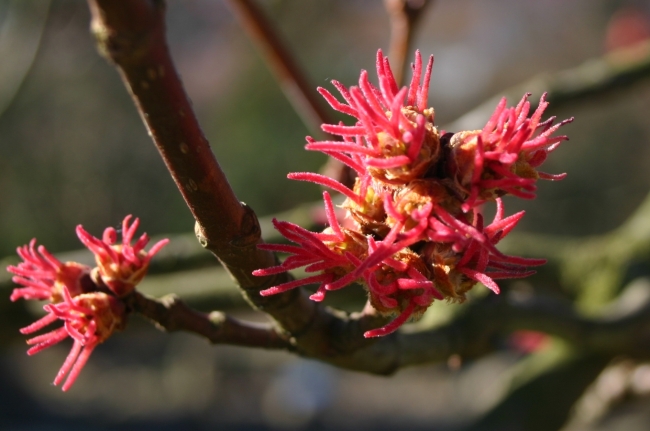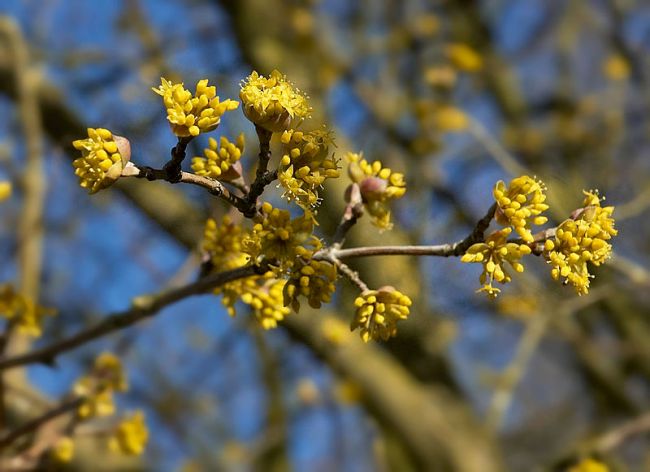
Acer saccharum. Sten Porse. Wikimedia commons.
Sometimes a fragrance is so unexpected it has that novelty value that makes up for scent quality. This is arguably the case with Maples, as they have a few species with a springtime fragrance that is so ethereal, it goes quickly into the novelty category. A full blooming red (Acer rubrum) or sugar maple ( Acer saccharum) is enough to convince the nose that spring is here even when snow is on the ground, or its a nippy fifty degrees in the air. Its sweetness suggests otherwise, and its a malleable fragrance- changing with temperatures. It can be spicy to sugary, fruity, and a sweet combo of all three, its just outstanding but rare indeed.
Maples are not the kind of flower you expect to be fragrant as for the most part they aren’t! Most species do flower but few are actually fragrant, and the ones that are are only fragrant under certain conditions. It has to do with bloom period and temperatures- the blooms have to be fully open, producing nectar, and attracting insects. The temperatures ideally have to be warm to exhibit fragrance, although it is not necessary. Sugar Maples ironically can bloom when snow is still on the ground, and have a bit spicier fragrance. When the temps are warm enough, sugar maple and red maple will have a sweet cherry or almond flower scent that only carries on the wind; no amount of nasal provocation will be able to bring it out of flowers on hand. It is the meaning of ethereal! Its bloom period is about a week, but it may only be scented a day or two out of these, so it is the rarest kind of scent indeed.
A few other maples are fragrant as well, including Amur Maple (Acer grinnala), which flowers later in the spring and has sweeter fragrance still. Its certainly a rare treat indeed for a genus planted for its horticultural, and aesthetic values rather than olfactory pleasure. Perhaps it has to do with the fragrant sap also being used to make a sugar replacement known as maple syrup, which in its own right is pleasantly fragrant featuring caramel and woods notes.

Cornus mas. Wouter Hagens. Wikimedia commons.
There are a few other plants with quite fleeting fragrances this time of year. I’ve already referred to witch hazels being oft-scented on the wind, with the Chinese species being the main bloomers in early spring. Another lightly fragrant surprise is Cornelian Cherry (Cornus mas)- a type of European dogwood with the most delightful yellow blooms in early March. The fragrance is extremely light and only noticeable when by a hearty stand of the trees, but its reminiscent of the autumn witch hazels, with a slight spiciness and dustiness. The tree later goes on to develop edible fruits resembling cherries in size and color, but are more like cranberry in taste, and make excellent jams and spirits in Eastern Europe and the Caucuses.
The king of all hide-and-seek early fragrant plants is violets, but these deserve their own categories as there are just too many, and the fragrance is needful of its own post.
